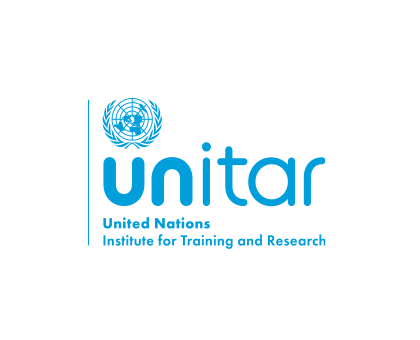
Operational Application of Geospatial Information Technology for the UN in Asia and the Pacific
UNESCAP
UNOSAT is offering an introductory course in the use of GIT applications relevant to different application domains relevant to various UN agencies. The course is designed to accommodate selected participants from UN Agencies from Asia-Pacific region.
Over the last two decades Geo-spatial Information Technology (GIT) has rapidly developed and is now being also called an “enabling technology” due to the benefit it offers across different application domains. GIT can help us to analyse why and where things have happened in the past. It can also help us to better understand why and where they might happen in the future, allowing us to make informed decision and maximum use of our resources.
The aim of the course is to provide participants with GIS and RS methodologies related to diffrent cross-cutting themtics like disaster risk reduction, sustainable development.
At the end of the course participants should be able to:
- Define and describe basic concepts and terminology related to GIT (e.g., geospatial information system and remote sensing)
- Identify, search, collect, organize geospatial data/information
- Apply basic geospatial analysis methods for problem solving
- Undertake the process to create desktop maps, web maps and infographics for supporting decision making
The course will provide participants with a theoretical understanding of basic principles of GIS and Remote Sensing (RS), how to collect data using geospatial tools such as GPSs, smart phones and basic functionalities of GIS software needed to perform basic spatial analysis and thematic desktop and web maps will also be introduced.
This is a full-time, face-to-face course with lectures and GIS lab exercises using GIS datasets and real case scenarios (60% lab exercises, 40% lectures and discussions). This course is divided into 4 modules. Each module is structured into 2 sessions of 1.5 hour each (half-day session in the morning). The average workload per day is likely to be around 3-4 hours.
The course is designed in a way to have a balanced approach between theoretical and practical teaching methods consisting in PowerPoint presentations, live demos, videos, interactive sessions and GIS lab exercises. At the end of the course. UNITAR-UNOSAT will set up a community of practice platform to maximize the learning experience of participants and to provide all required technical backstopping and assistance to training participants during and after the training.
Professionals working in United Nations in Asia and the Pacific region and who wish to strengthen their practical skills in GIS/RS applications related to disater risk reduction and sustainable development.
Participants are recommended to attend a 4 hours long course “Getting Started with GIS” from ESRI.
Language:
English
Software:
GIS lab exercises will be based on ESRI ArcGIS editor 10.6 with extensions (spatial analyst), Google Earth and internet access.
Fees:
UNITAR-UNOSAT will deliver this course free of charge under exisitng collboration agrement between UNESCAP and UNITAR
Class Size:
The number of participants is limited to 10.
UNITAR Certificate:
Students will be awarded certificates from UNITAR on successful completion of the course

